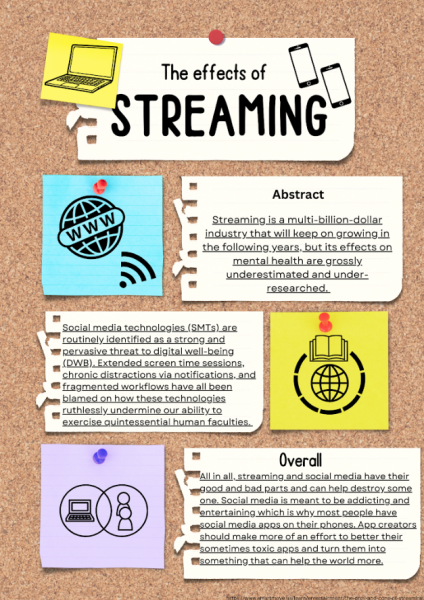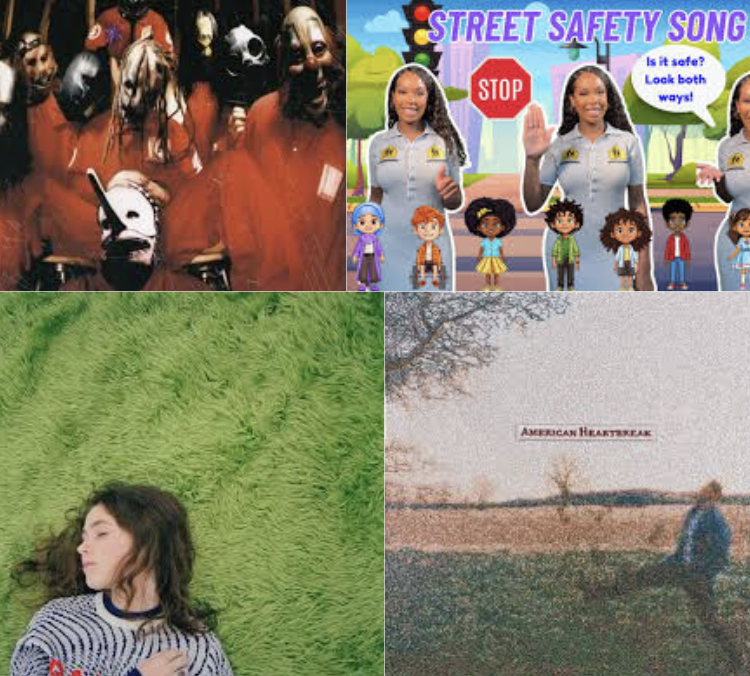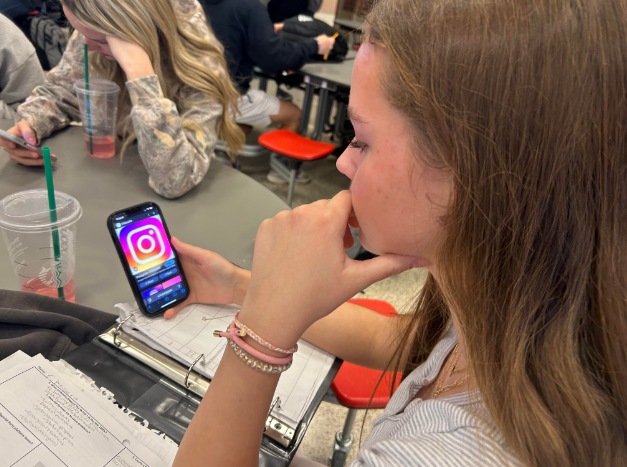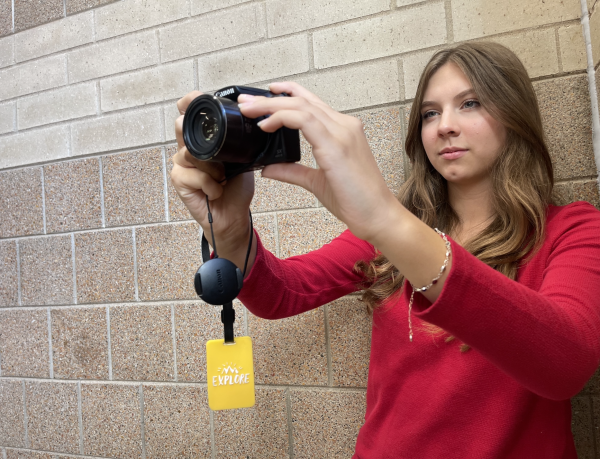As content consumption has skyrocketed since COVID-19, some concerns come with it. From TIkToks to television, engaging in these online media platforms heavily impacts people’s emotions whether positive or negative. It is crucial to recognize how our viewing choices affect our well-being and what healthy consumption looks like.
Media directly affects people’s moods and emotions. A program expressing a negative mood like anxiety and sadness can impact someone’s own emotions to feel that way. Equally, content expressing a happy and exciting mood can do the same.

“It has a great impact and is so significant for how we feel and how we experience the world,” English teacher Donald Pults said.
Individuals seek cognitive gratification when consuming media. The desire for information and knowledge is why so much time is dedicated to taking in many forms of content.
Additionally, media has addictive qualities hugely impacting a lot of today’s generations. Something as simple as a notification gives individuals a dopamine boost resulting in their brain yearning for more. The anticipation of the next video or post traps people in constant scrolling on TikTok, Instagram Reels, X and many more platforms.
Senior Joy Juniper Bailey added that scrolling through Instagram reels makes her feel addicted and emotionless coupled with its nature as a self-made prison.
In contrast to the surge of dopamine, mindless scrolling triggers stress and anxiety. As both become intertwined it often brings about shorter attention spans and overwhelming emotions.
Not only does the media express the information being sought, but often it conveys what to think about that information.
When asked how media plays a role in amplifying emotional reactions senior Lydie Mae Laudet thinks that it, “strongly influences people’s opinions on events.”
Seeing even one post can quickly alter an individual’s perspectives on a topic. Likewise, false information is constantly pushed, harming countless people’s viewpoints. According to a Wikipedia study, 23% of social media users admitted to having spread fake news.
The average person in the United States consumes media 8 hours a day. Individuals must learn how to responsibly consume content.
“If media just becomes a one-on-one experience, then you just get trapped within your own thoughts. You don’t learn to see the media that you’re experiencing in different ways and from different perspectives,” Pults explained









